Affiliate links on Android Authority may earn us a commission. Learn more.
Has the HTCU11 made the U Ultra obsolete already?
Published onMay 20, 2017
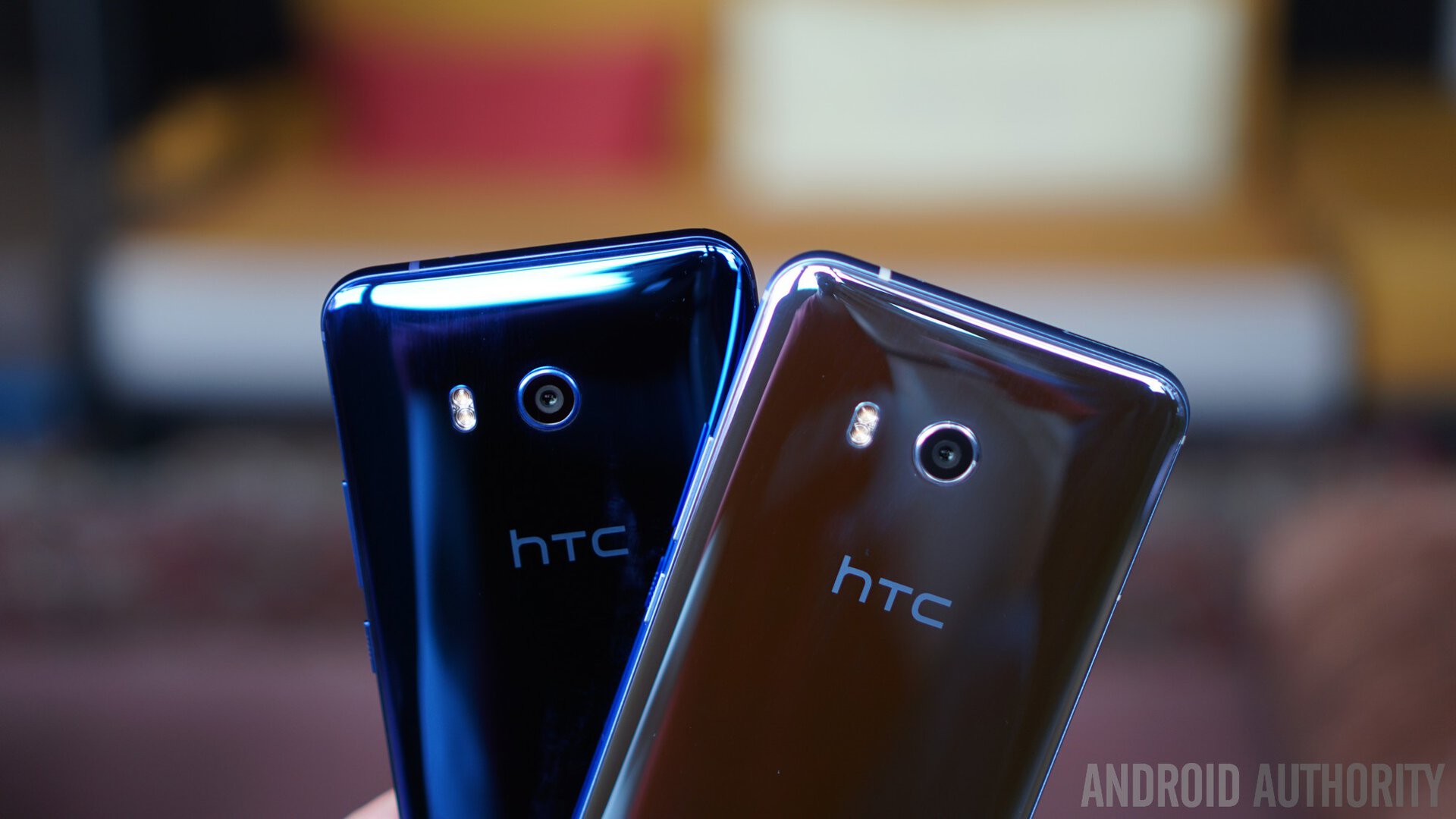
The HTC U11 has just been unveiled and it’s looking to offer some formidable competition to flagships that have already been announced in 2017. However, HTChas put itself in a bit of a strange situation this year, whereby the launch of this latest flagship is stepping right on the toes of one of its own high-end launches – the HTC U Ultra.
The U Ultra launched back in January but has been rather slow at arriving in regions around the world. Despite the early announcement, the handset was subject to a two month delay before appearing on store shelves. China saw the handset the earliest on March 1st, while Europe, India, Japan, and the US had to wait until midway through the month. Now the HTCU11 is set to appear at US carrier Sprint on June 9th, which is less than a month away. Put another way, the U Ultra will only have been on sale in the US barely four months before the U11 appears to steal its thunder.
So was the U Ultra, as some expected, just a wasted venture? Is there any point in considering the handset anymore now that HTC’s “proper” 2017 flagship is here?
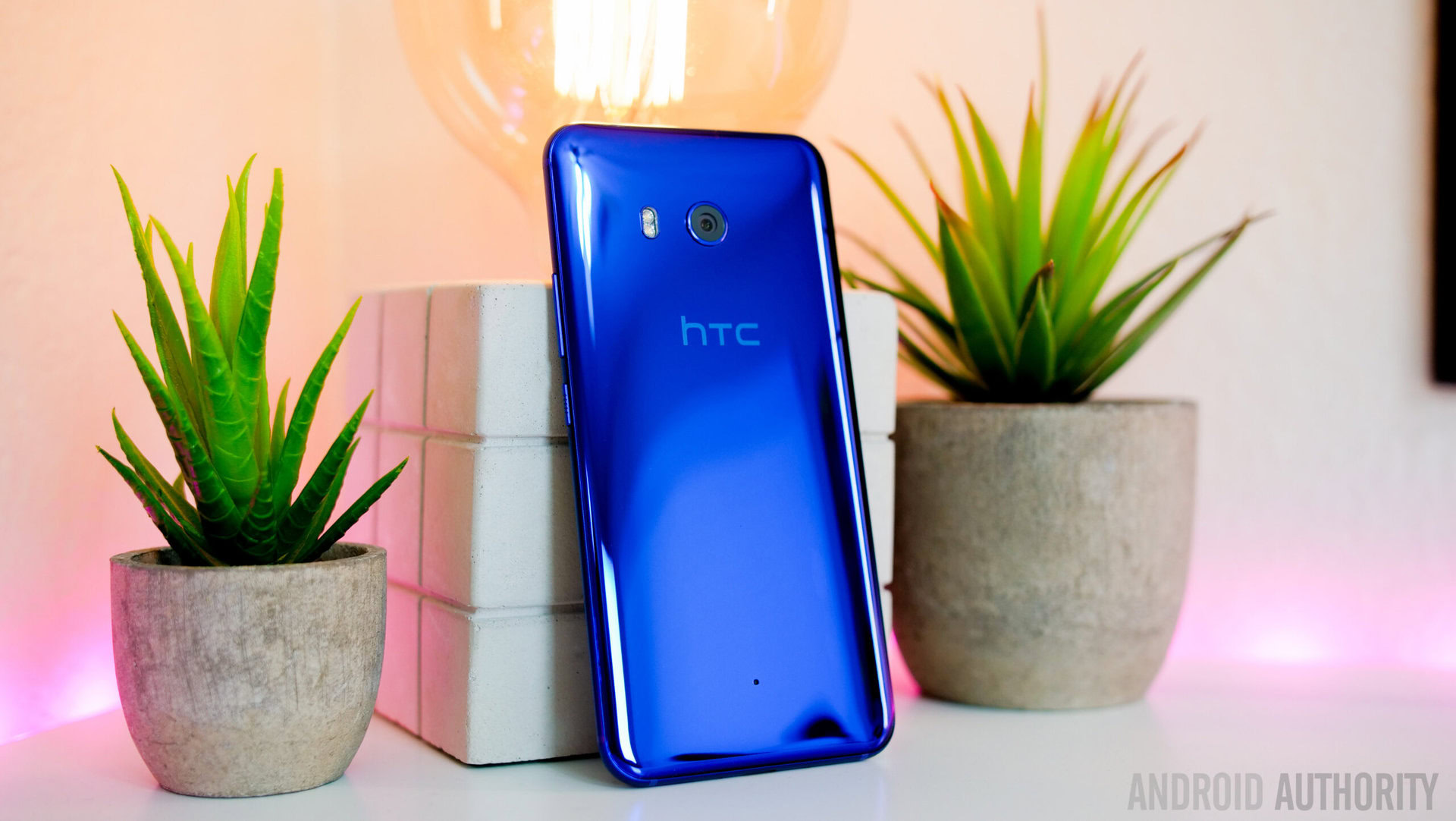
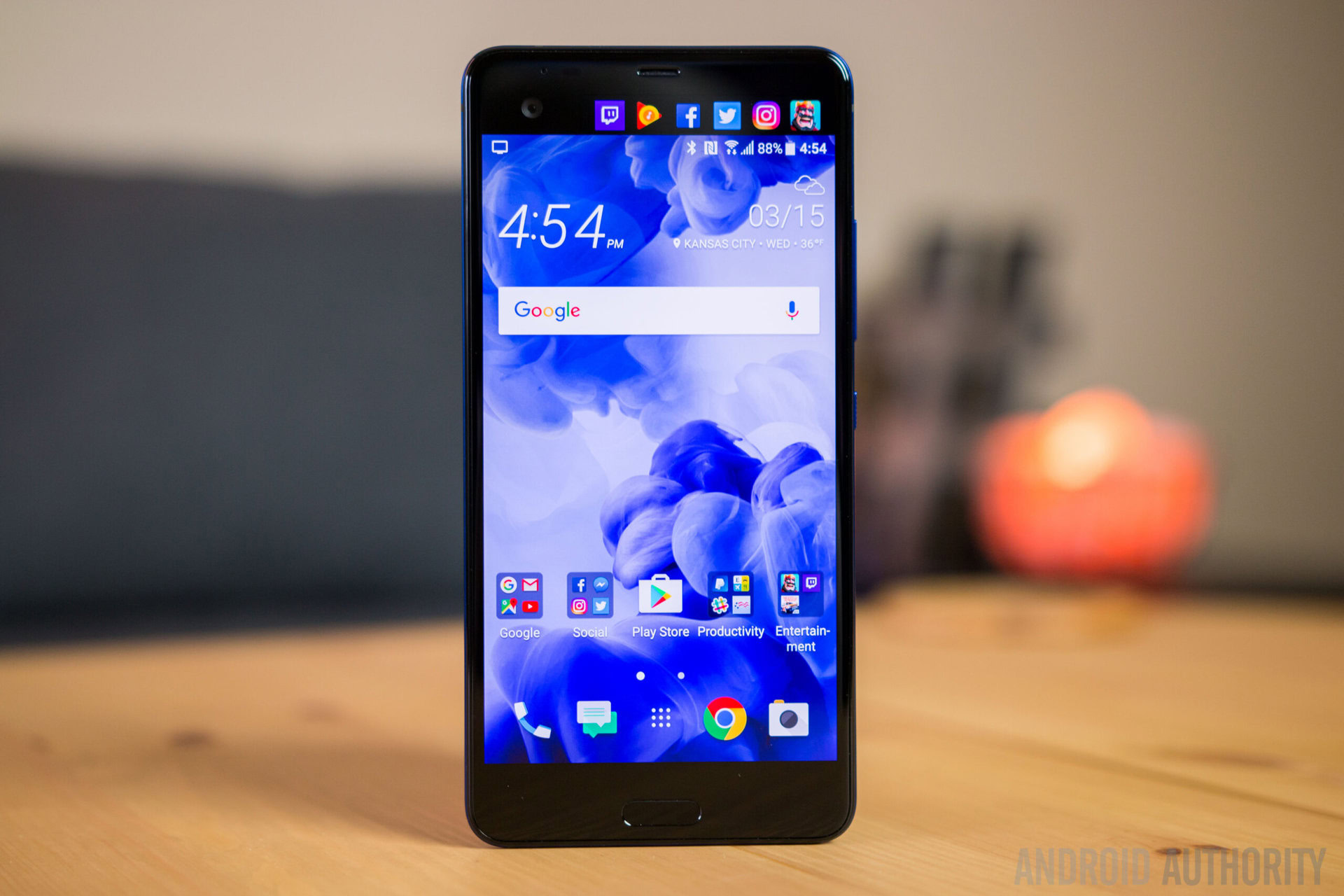
On the surface the U Ultra does now seem a little dead in the water. The HTCU11 boasts a faster, next-generation processor, a new IP67 water and dust resistant design, and out of the box software support for some of the industry’s latest virtual assistants. Then there’s the new Edge Sense feature that might be worth something to some customers too. That certainly seems waiting the extra month for now, especially as the U Ultra is still retailing for its rather high RRP in many regions.
With HTCexpecting to cut its number of releases in half this year, the company may have convoluted its lineup with two flagship announcements already. Consumers might just be tempted to stick to a manufacturer that has a clearer message.
Once we start looking past some of the headline specifications, we also see a decent amount of crossover between the two smartphones, which probably isn’t so surprising given the closeness of their release dates. For starters, both displays are based on the same Super LCD5 technology with equal QHD (2450 x 1440) resolutions. While the U Ultra is a tad larger at 5.7-inches, compared with the U11’s 5.5-inch display, there’s little to tell between the two here. Furthermore, you’ll find the same 4GB RAM and 64GB memory options onboard the two as well.
Even the camera setup bears some stark similarities. Both phones boast a 12 megapixel rear sensor with optical image stabilization, a dual flash setup, fast autofocusing, and a similar selection of software shooting modes. However, I should point out that these rear cameras aren’t exactly the same. The U Ultra uses a 1.55μm pixel size sensor with an f/1.8 aperture lens, while the U11 uses a different 1.4μm pixel size sensor with a f/1.7 aperture lens, so performance will be slightly different.
| HTC U11 | HTC U Ultra | |
|---|---|---|
Display | HTC U11 5.5-inch QHD LCD (2560x1440) | HTC U Ultra 5.7-inch QHD LCD (2560x1440) + 2-inch secondary (1040x160) |
SoC | HTC U11 Snapdragon 835 | HTC U Ultra Snapdragon 821 |
CPU | HTC U11 4x 2.45 GHz Kryo 280 + 4x 1.7 GHz Kryo 280 | HTC U Ultra 2x 2.15 GHz Kryo + 2x 1.6 GHz Kryo |
GPU | HTC U11 Adreno 540 | HTC U Ultra Adreno 530 |
RAM | HTC U11 4 / 6GB | HTC U Ultra 4 GB |
Storage | HTC U11 64 / 128 GB with microSD | HTC U Ultra 64 / 128 GB with microSD |
Cameras | HTC U11 12 MP f/1.7 rear 16 MP front | HTC U Ultra 12 MP f/1.8 rear 16 MP front |
Battery | HTC U11 3,000 mAh | HTC U Ultra 3,000 mAh |
OS | HTC U11 Android 7.1 | HTC U Ultra Android 7.0 |
Regardless, we were pretty impressed by the U Ultra’s camera and the selfie setup looks pretty much identical between the two as well. Both phones feature a high resolution 16 megapixel front facing camera for sharper looking selfies.
Many of the smartphones’ extras are similar too. Quick Charge 3.0, a USB Type-C connector with 3.1 speeds, and Hi-Res audio capabilities are shared across both models. With the exception of Alexa, you can also use HTC’s Sense Companion and Google Assistant on the U Ultra, again niggling away at the U11’s advantage. Even the BoomSound Hi-Fi setup uses the same tweeter and woofer combo for powerful speaker sound. Both models even share similar drawbacks, with the lack of a 3.5mm audio jack and a 3,000mAh battery that’s a little on the small size for a phone this big being the most notable complaints about the two.
There are a lot of hardware similarities between the HTCU11 and U Ultra, including some more contentious choices, such as the lack of a 3.5mm audio jack.
Now, given that the HTCU Ultra is still retailing for a flagship price in many countries right now, bar the occasional sale, the U11 seems like the obvious choice. It has all of the key features of the Ultra, plus a few of its own unique selling points, as well as a better processing package and camera, so there’s little to persuade users from holding off their purchase.
With HTCalready struggling to keep carriers interested in the US, remember that T-Mobile dropped the HTC10 after just two months, this double tap release seems almost certain to water down the company’s message as well. How will less spec-savvy consumers be able to tell these phones apart and figure out which is meant to be the competition for the likes of the Galaxy S8 or Apple’s iPhone? It’s now a tough message to get across, especially with the naming scheme, and consumers might just be tempted to stick to a manufacturer that has a clearer message. That is, unless HTCor carriers decide simply to stock just one of the handsets. It’s already looking like Sprint will be the only US carrier to offer the HTCU11, and it’s hard to see many global carriers being keen to have to market another high-end HTCmodel so soon.
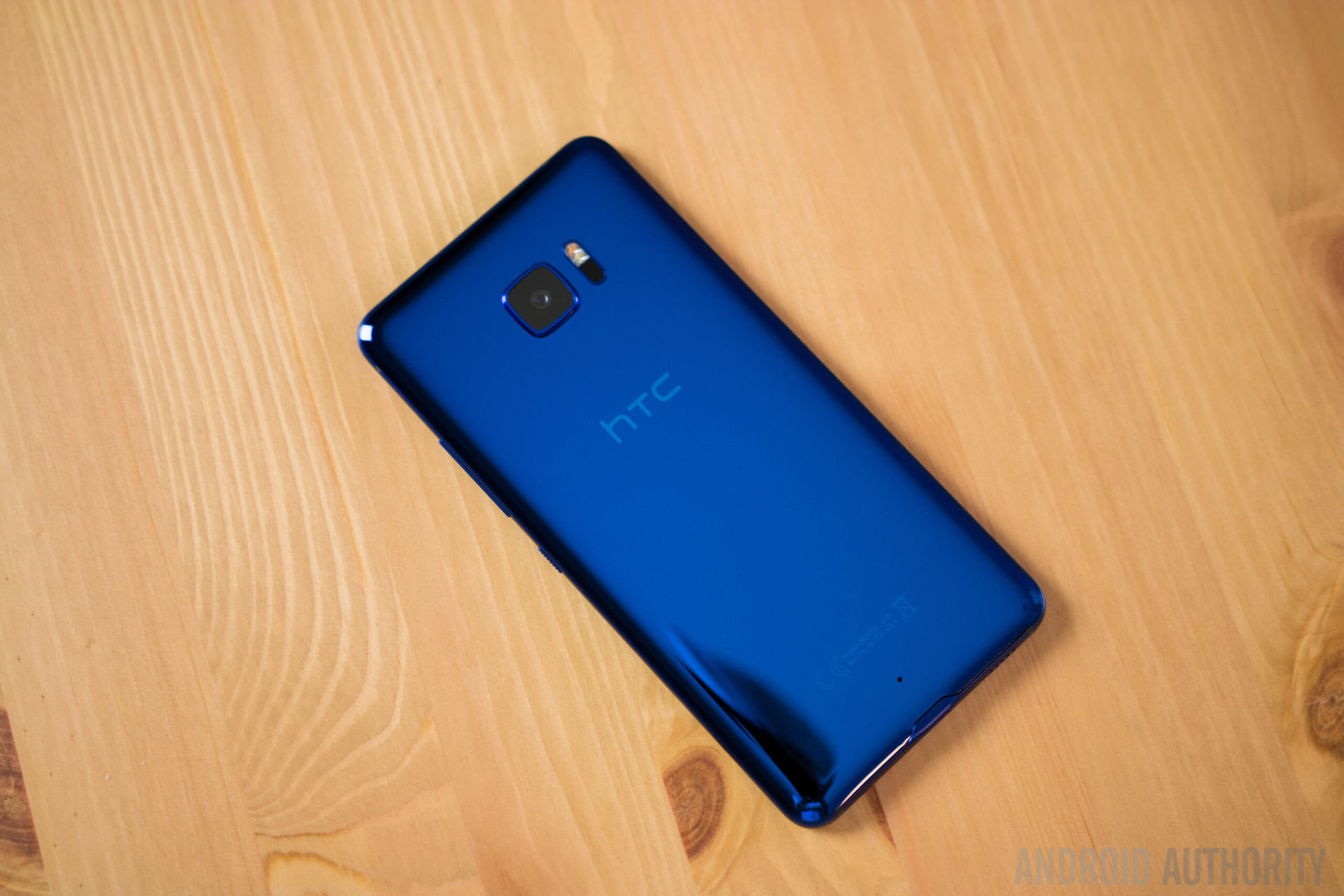
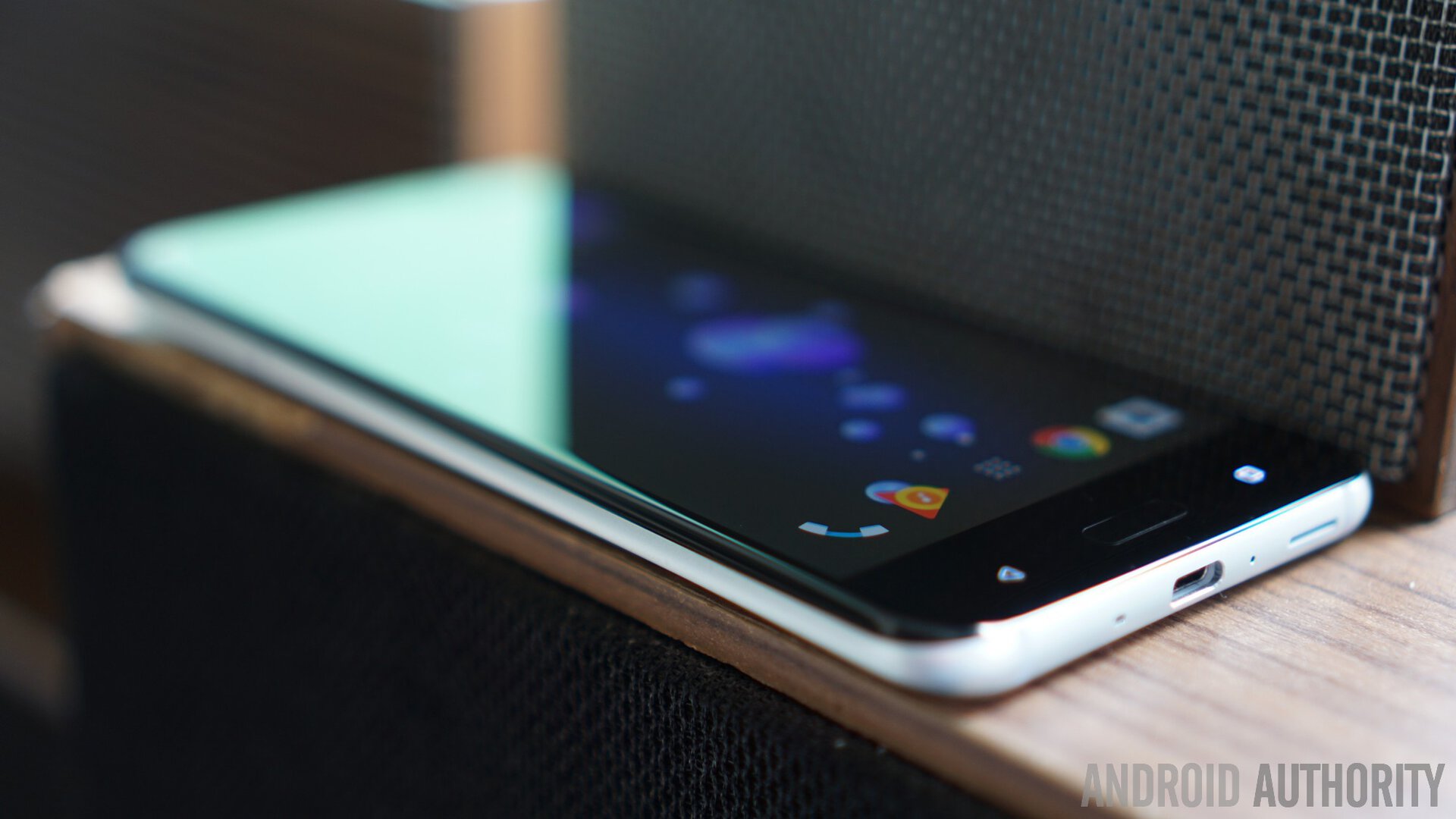
Before writing the U Ultra off completely, we not long ago saw some Easter sales that dropped the handset’s cost by 20 percent, pricing the phone at just $599, down from $750. If HTCsticks with its recent US discounts and brings these savings to the rest of the world, then there U Ultra suddenly switches from looking like an obsolete model to a pretty great bargain. Of course, at that price we might start looking at the slightly lower cost HTC 10 too, but that’s another issue. The U Ultra does also feature the secondary ticker display, a feature that you won’t find in the U11, and it’s larger size might just keep it relevant for fans of supersized handsets. So perhaps it’s not curtains for the handset just yet.
What do you think about the U Ultra now that that the HTCU11 is here? Would you consider picking the phone up if it saw a notable price drop, or have you got your eyes firmly set on HTC’s more powerful option?